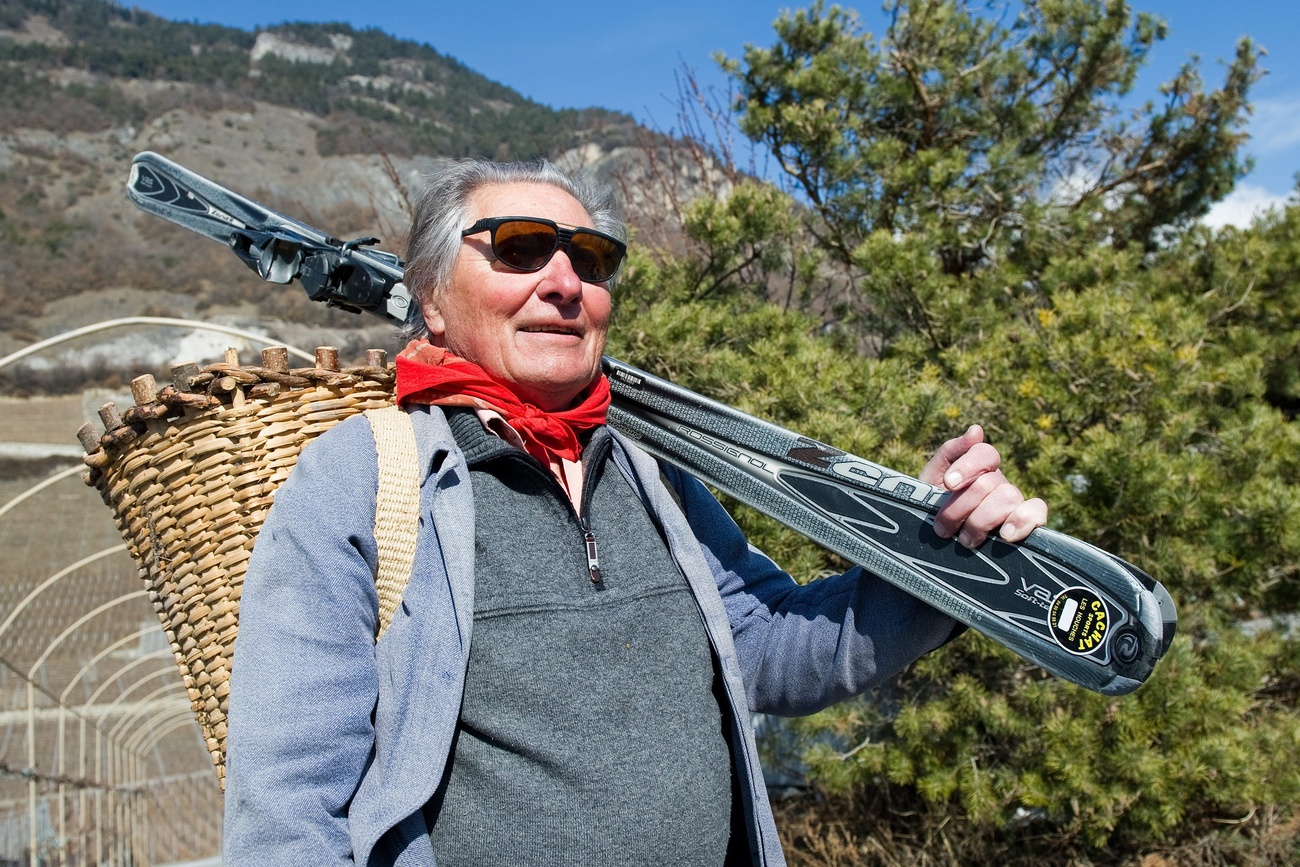Sylvain Saudan, ‘skier of the impossible’, dies aged 87

When his helicopter crashed in the Himalayas in 2007 and Sylvain Saudan disappeared, the tributes came pouring in. “For today’s riders, Saudan is a glorious ancestor,” wrote the Swiss newspaper Le Temps. “He was a pioneer,” mountaineer Jean Troillet told La Tribune de Genève, “he made a lot of people dream.” Everyone made liberal use of Saudan’s dashing sobriquet: the “skier of the impossible”.
Except Saudan was about to pull off his most impossible trick yet. Having escaped from the wreckage, the 71-year-old put on his skis and guided his two clients down into a remote Kashmiri valley. They skied all day, spent the night in the open, then eventually reached a military post the next day, Saudan later being amused to read his own obituary. “I am one of the rare people who already knows what will be written about me after my death,” he said with a smile.

That distinction is perhaps fitting for someone who spent decades pushing at the fine line between life and death. There were other accidents – a plane crash-landing on Monte Rosa, an ice block slamming into his bivouac high on Dhaulagiri, killing two colleagues beside him. But moreover there was the sport he pioneered, skiing slopes so steep they had previously been the preserve of climbers with ropes, crampons and ice axes. “When one descends a couloir on skis, one rubs shoulders with death in each movement that isn’t perfectly controlled,” he said. “There’s only really one way out: do not fall.”
And so there is some irony in the fact that, unlike Heini Holzer, Doug Coombs, Shane McConkey, Andreas Fransson and so many more of the sport’s virtuosos, when Saudan’s time finally came, last Sunday night, it was not amid the drama of an avalanche or fall, but quietly, at home in the French village of Les Houches, aged 87.
+ Swiss mountaineer Ueli Steck dies in Everest attempt
Saudan grew up in the hamlet of La Fontaine, just above Martigny, skiing down to school each day and walking back up. At 15 he became a labourer working on the road over the Col de la Forclaz to Chamonix, then a truck driver on the Mauvoisin hydroelectric dam, while entering local ski competitions in his spare time. Without the funds to train seriously as a racer, in his twenties he qualified as a ski instructor, working across the valley in Crans Montana, then setting off on a world tour that saw him teach in Aspen, New Zealand and even the tiny resort of Glenshee, Scotland.
Setting a bad example
Back in the Alps, his attention started to turn to steeper routes, first in Arosa and St Moritz (where they took away his lift ticket for setting a bad example). But it was the descent, on his 31st birthday, of the Spencer Couloir on the Aiguille de Blaitière above Chamonix that caught the attention of the skiing world, and helped inspire that ubiquitous tagline.
“All the guides and skiing professionals here in Chamonix thought it was impossible,” said Saudan, speaking in the 2016 movie La Liste. “No one believed it.” Proof only came the following day when a small plane flew up to photograph his tracks.
A string of first descents followed, growing more audacious and further flung as Saudan became more famous: on the Aiguille Verte, the Eiger, Mount Hood in Oregon, Denali, Nun Kun in Kashmir and Gasherbrum 1, the first complete ski descent of an 8,000-metre peak. He used 2.10 metre skis (vast by today’s standards), filed the sides of his boots so they wouldn’t catch on the 55-degree snow, and developed a new technique, the “windscreen wiper” turn.
Many of the descents were filmed – some suggest Saudan’s impact was as much in attracting press interest to a nascent discipline as in technical progression. A 1970 book, Skieur de l’Impossible by Paul Dreyfus, cemented his fame, and he later opened a Chamonix restaurant, inevitably “L’Impossible”. He claimed to train on bare rocks – “If you can ski on rocks, you can ski any kind of snow” – a stunt replicated on his 50th birthday when he skied down a snowless Mount Fuji (and a technique extensively used by today’s pre-eminent freerider, Candide Thovex).
But despite being extreme skiing’s first media star, Saudan kept guiding and teaching, working into his eighties and insisting he still saw himself, above all, as a ski instructor. After the Kashmir helicopter crash in 2007, he told the reporter who rushed to his Srinagar hotel that, far from retiring, he was already trying to find a replacement aircraft. “It’s not just for me,” he said. “I organise these trips for people who love doing these activities. They are very happy that idiots like me accompany them.”
Copyright The Financial Times Limited 2024
Check out our selection of newsletters. Subscribe here.

In compliance with the JTI standards
More: SWI swissinfo.ch certified by the Journalism Trust Initiative



















You can find an overview of ongoing debates with our journalists here . Please join us!
If you want to start a conversation about a topic raised in this article or want to report factual errors, email us at english@swissinfo.ch.